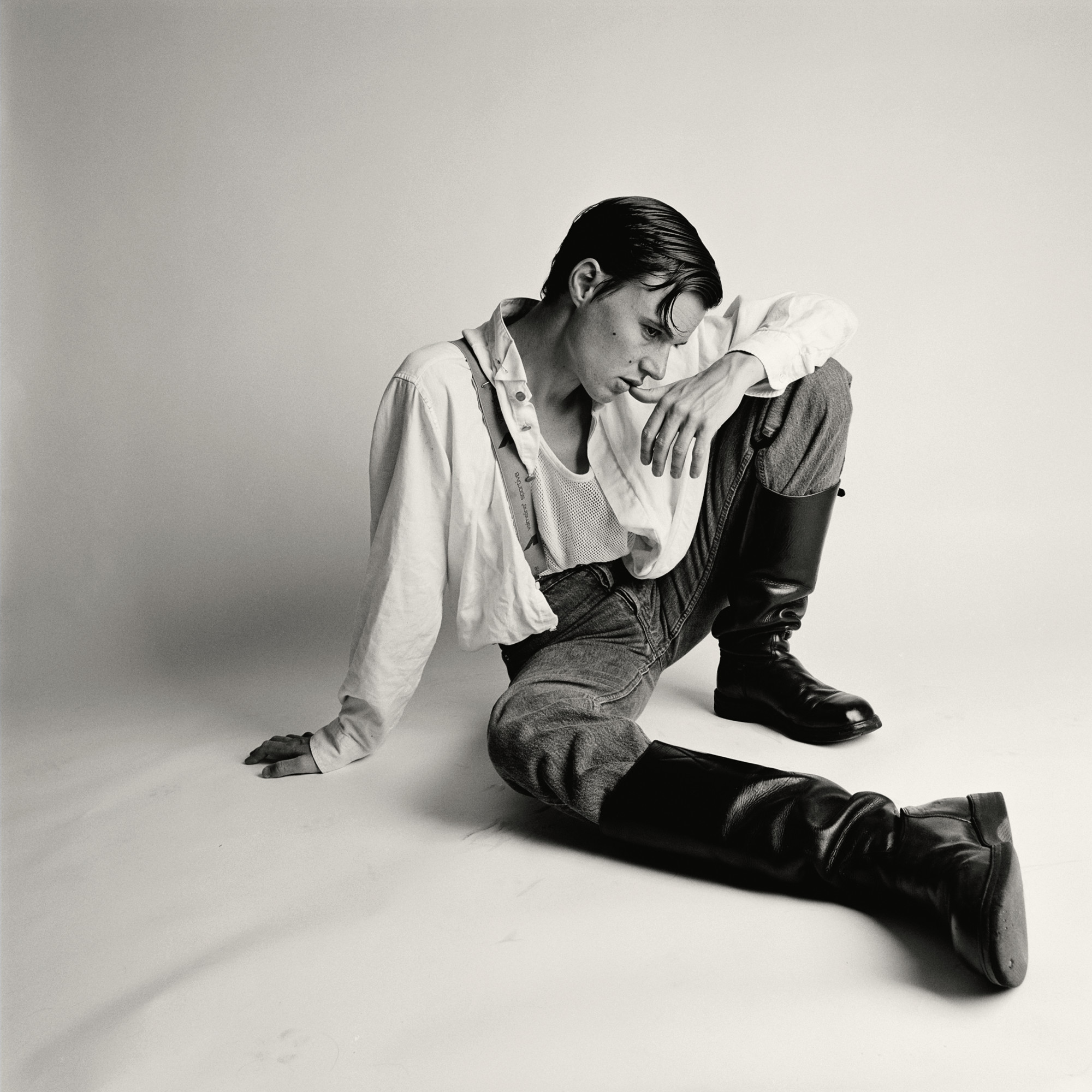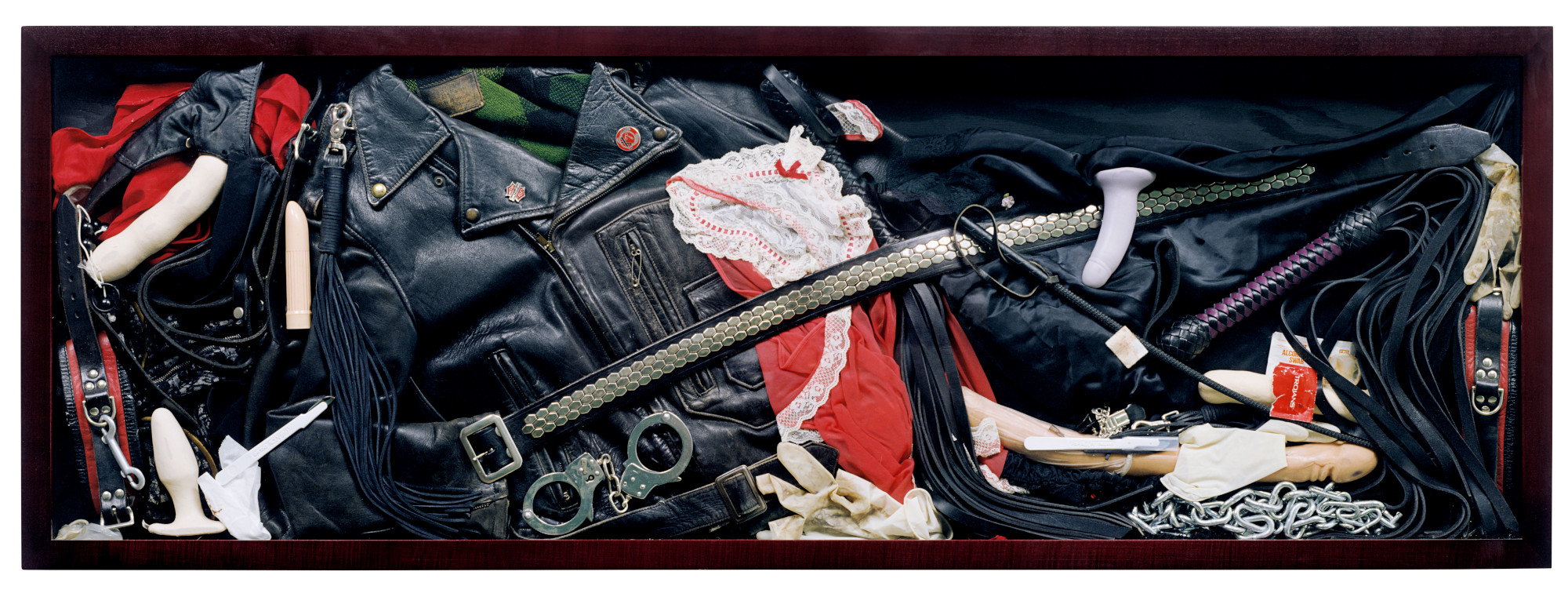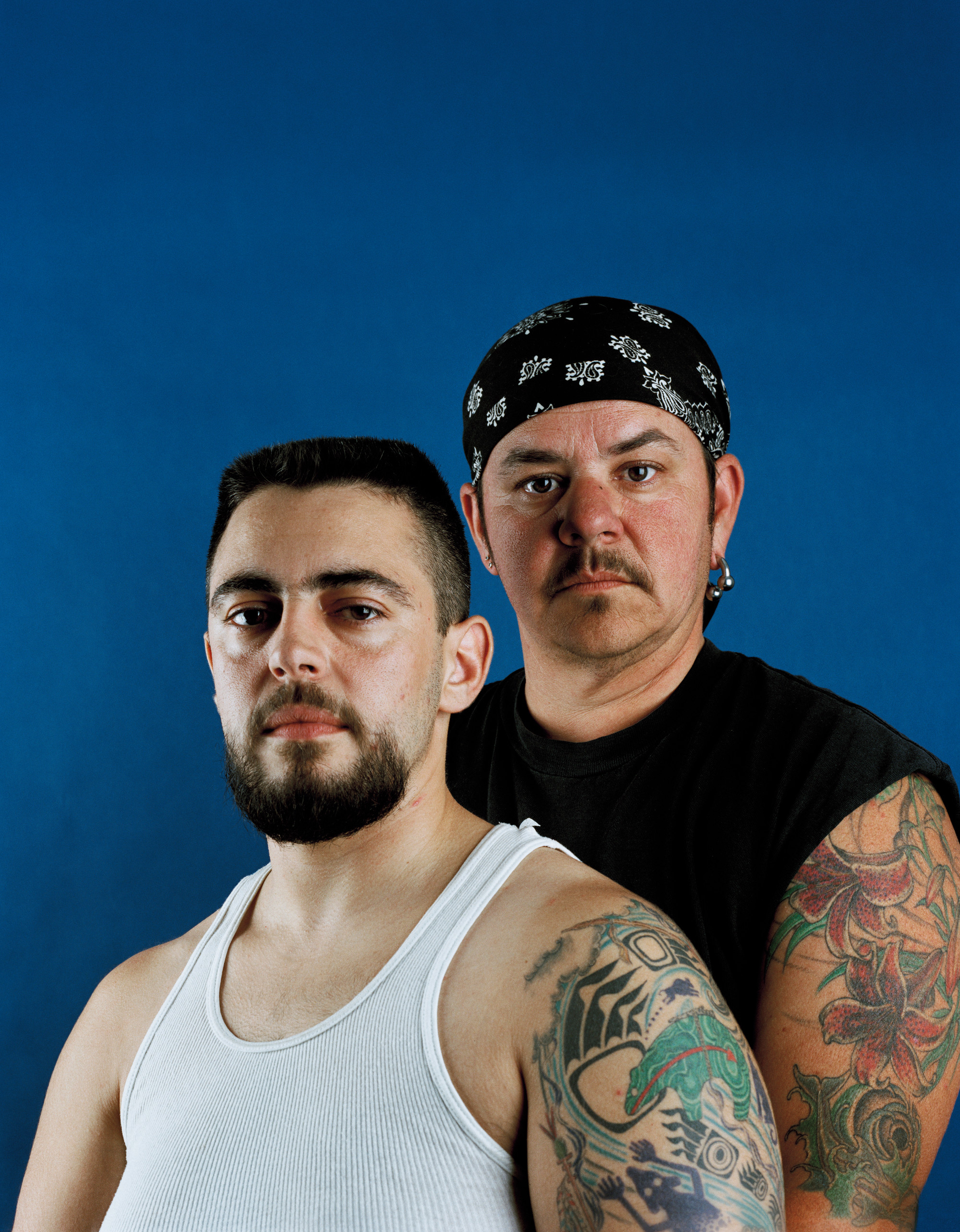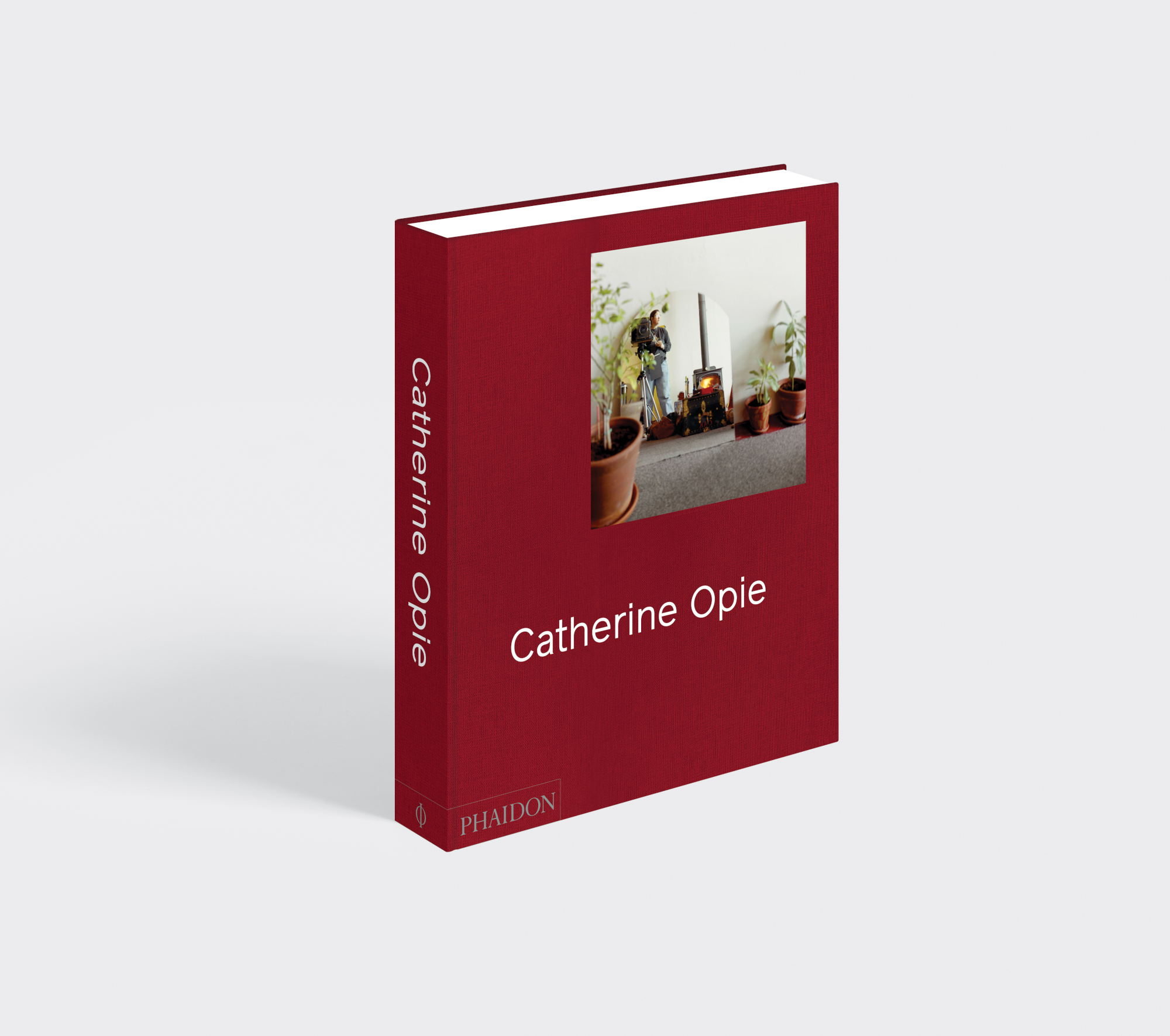
Catherine Opie and Sex
In our new monograph, the American fine art photographer discusses Robert Mapplethorpe’s influence and her own work within her community
In 1982, Catherine Opie moved to San Francisco. Pretty soon she became part of the city’s leather-dyke scene. Then, a little later, she took a strong interest in the work of Robert Mapplethorpe.
“I would go to Fraenkel Gallery and Jeffrey [Fraenkel] and Frish [Brandt] would let me open up and look at Mapplethorpe’s X Portfolio [1978] over and over again,” the American fine-art photographer tells the writer and curator Charlotte Cotton in our new Catherine Opie book, the long awaited, the first survey of the work of one of America's foremost contemporary photographers.
Those BDSM images from Mapplethorpe’s infamous portfolio had a lasting effect on Opie. “I looked at it obsessively because of his ability to use art history as a trope through which to look at things that you shouldn’t be looking at,” she explains. “A lot of those images did freak the shit out of me, and I wanted to know why they were so hard for me to look at. Being a part of the leather community in San Francisco at that same time period, I was trying to think about what these photographs meant and how they operated in relation to my own community. It brought me to a place of understanding desire through an aesthetic decision, and what happens to me as a viewer experiencing that kind of work.”

While Opie never set out to copy Mapplethorpe, his work did clarify her working practices, enabling her to focus on her own identity and place within a certain social setting.
Over the past four decades, Opie has become many things, including a mother, an educator and a highly prized, internationally celebrated artist. However, that willingness to identify a specific sexual community remains key within her work. Our new book features reproductions of a rare, mixed-media piece, All My Sex Toys, as well as images from her Girlfriends series, a shot of the extreme performance artist Ron Athey, and tender shots of gay couples from around the country.

However, in some instances, Opie has regretted introducing images from her social circle into the wider artworld. “I remember one time a collector came up to me and told me that they had Mike and Sky [1993] hanging over their toilet, so when guys pee, they’re looking at two women who transitioned into men,” she tells Cotton. “I wanted to say, ‘Can I have my picture back, please?’”
But, for the most part, she’s happy with the way in which her pictures of an often-invisible or overlooked group operate within a wider body of work that includes landscape shots of national parks, portraits of football players, protest marchers and children.
“Although there is a complexity to my choice of different visual strategies for different bodies of work, what I am doing is very, very simple,” Opie tells Cotton. “All I’m trying to do is to say, ‘I’m living here, now, at this time, and I am an artist who is interested in how we negotiate the lives that we’re all living.’ And can I make something visually acute and interesting in relationship to that fact?”
To see the images mentioned in detail, as well as much more besides, order a copy of our Catherine Opie book here.
